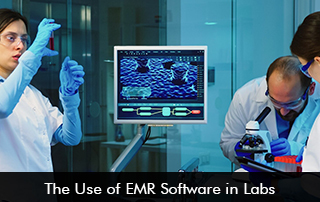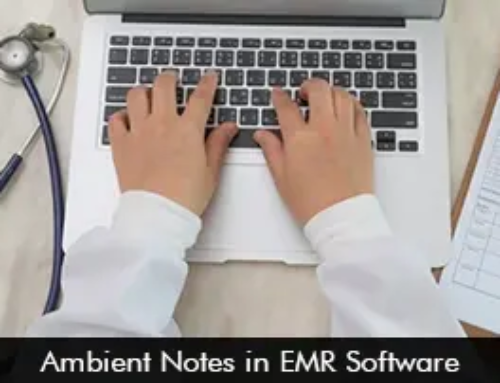In today’s rapidly moving healthcare landscape, clinical labs face ongoing pressure to provide accurate and prompt results. Electronic Medical Records (EMR) Software has proven to be a valuable asset for these labs, particularly for pathologists. It accomplishes this by optimizing workflows, reducing mistakes, and improving communication with other medical departments.
EHR Software Tools Beneficial in Labs
Laboratory Information Systems
One of the most significant advantages in lab settings is the integration of EMR software with laboratory information systems (LIS). This seamless connection allows test results to be directly transferred into the patient’s medical record. As a result, pathologists can move away from paper-based methods and manual data entry, which minimizes the chance of errors and also accelerates the entire process.
Smooth Order Tracking
Another vital component is order tracking. With EHR Software, pathologists can access lab test orders instantly, complete with clinical notes and the patient’s medical history. This comprehensive context enables a more precise interpretation of test results. For example, when a blood smear report is viewed alongside a patient’s recent history of infections, it empowers the pathologist to provide a more insightful diagnosis.
Automated Alerts and Dashboards
Automated alerts and quality control dashboards are set up to highlight any unusual or critically important results. This helps keep patients safer and lets pathologists act swiftly or suggest immediate medical steps.
How can Labs Maintain Regulatory Standards and Audit Trails with EMR Software?
To keep patients safe and follow the rules, clinical labs have to stick to some strict guidelines, like CLIA, CAP, and HIPAA. Electronic Health Records Software is a big help for labs in meeting these requirements. It’s got built-in tools that make documenting everything a breeze, keep patient information safe, and make detailed records of every action taken.
An important part of this is the automated audit trail. The EMR System keeps track of everything each user does – every test ordered, every result entered, every change made, and even who looks at what – and logs it all with a time stamp. This makes it easy to see exactly what happened when for any inspection or just for checking things internally. This cuts down on how much manual record-keeping needs to be done.
EMR Software is a robust solution that aids in meeting regulatory requirements and enhancing laboratory accountability, both crucial elements in the current challenging healthcare landscape. This software lightens the load of administrative tasks, all while ensuring that laboratories are prepared for inspections. The technology of EHR Software empowers labs to dedicate more time to providing precise diagnoses and less to dealing with cumbersome paperwork.








